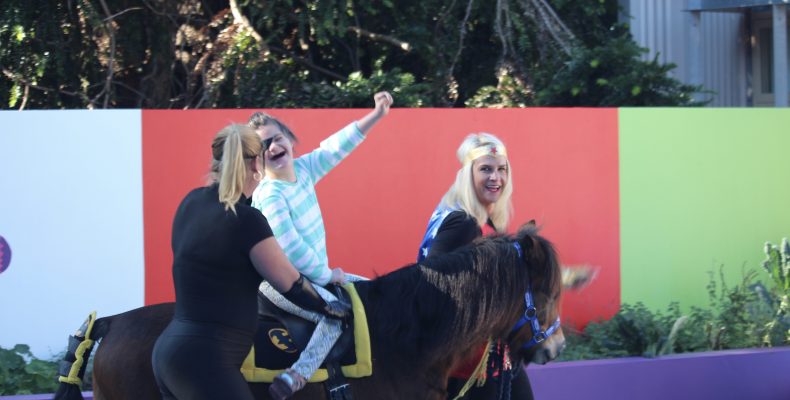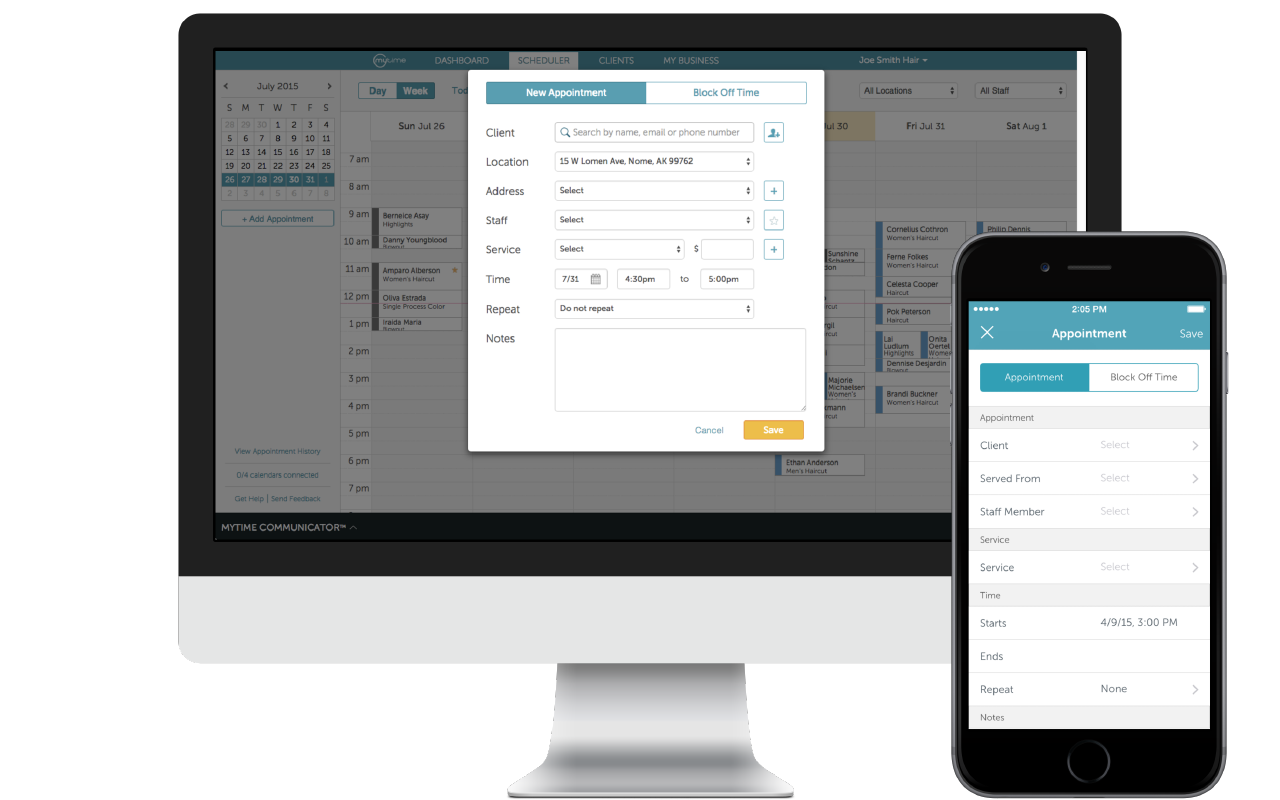

So many students are, and really so many humans, are taking that opportunity to – I like what you said about finding and really valuing their identity, and being able to find groups of people that are similar and really being able to dig in in ways that maybe they may not be able to based on just everyday communications or everyday pieces that happen person-to-person.

Maria: I think too that piece right like you know “Moulin Rouge,” everyone just wants to love and be loved in return. And I think you’re right, for some kids, this is where they feel most seen and known and most supported, and that’s a place where there is less barrier for starting that connection and maintaining it. We want them to be forming positive relationships. It starts the conversation where maybe the two wouldn’t have connected in person, so I find it fascinating and also really a positive element of social media that allows maybe a shyer person to get right into the conversation and connect with people in a way that they may not have been able to or wouldn’t have done in the past.Įrin: Absolutely, it think sometimes we think of these spaces as being like we’re so worried kids are connecting with other people that they might not know, but we want young people to be connecting. It’s so much easier to connect in terms of dating, to start with a text or a social media message. Keith: I find the connection or starting the relationship very interesting, and watching my own kids navigate social media as they grew up. Of course, not all of that is social media time but it’s a place where people start relationships, maintain friendships and relationships, navigate conflicts and increasingly is the preferred space, in some ways, of where young people are connecting. We have data that reminds us that young people are spending seven hours and twenty-two minutes a day with entertainment media. Because young people today are, of course, extending real-world friendships into online spaces and off again throughout the day.
#Mytime phs org Offline#
We used to talk about sort of offline and online friendships, and really, the lines between those spaces are increasingly blurred. But of course, where that’s happening is changing dramatically. Spaces where they can form identity and communicate and collaborate, and that is true of kids and youth in 2019 just as it’s always been. Young people have always looked for ways to connect. So in a general sense, how has social media changed the way people form and maintain relationships?Įrin: Yeah that’s a great question, I mean in many ways it changes everything and nothing. So to start off the conversation today, we’re going to start off with Erin. Kayla: And Social Media and Mental Health Expert Erin Walsh.

Kayla: Park High School Teacher Maria Tol. I’m joined today by South Washington County Schools Superintendent Keith Jacobus. In today’s episode, we’ll talk about social media, it’s roles in schools, and how it’s changing the way students learn and form relationships. We’ll talk about social media and its impacts on mental health and how parents can support their child in navigating this landscape. In this podcast, I’ll use my experience as district lead school counselor to guide conversations with experts in their field. South Washington County Schools, a suburban school district in Minnesota, is looking at how social media impacts mental health for students inside and outside of school through its podcast - Living Online. But for many, unplugging from this digital reality can be a challenge.

Kayla: Social media provides an instant way for people around the world to connect.


 0 kommentar(er)
0 kommentar(er)
